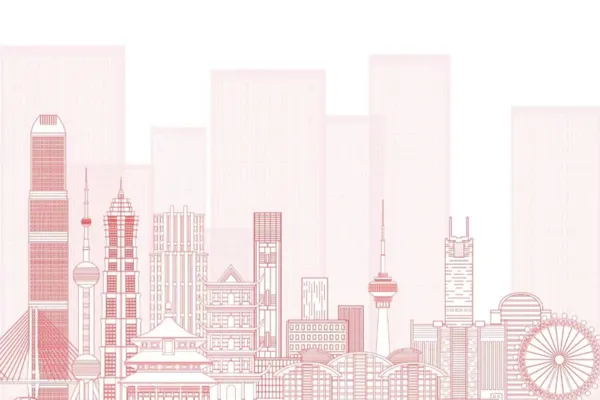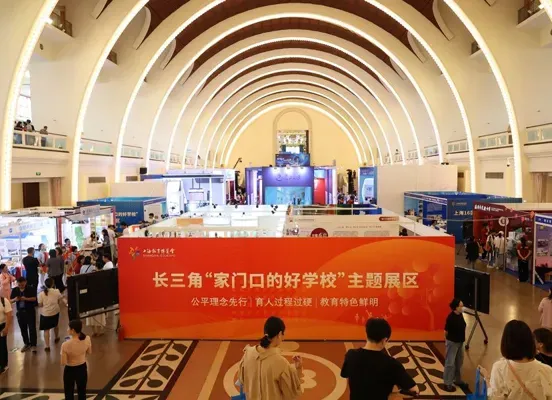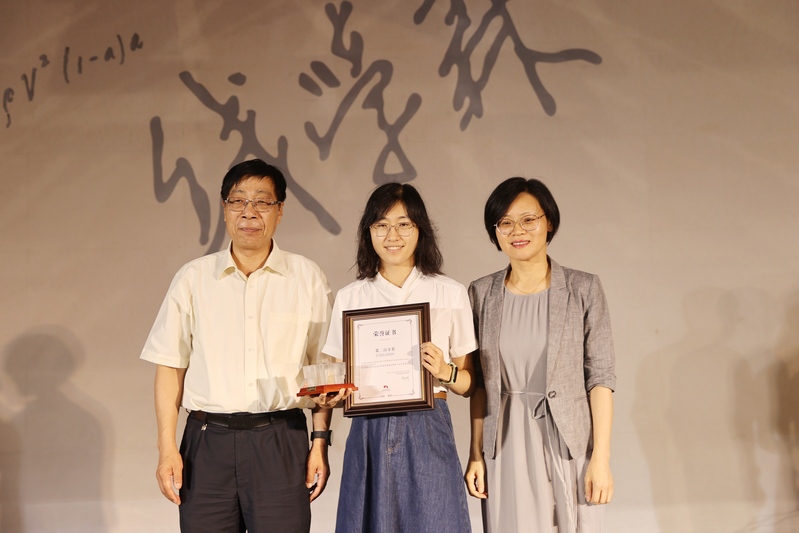95% of China’s top 100 companies are located east of the Hu Huanyong Line. New top 100 global science and technology innovation centers: 23 cities in China and 26 cities in the United States.
Since General Secretary Xi Jinping proposed in October 2013 that "Zhongguancun needs to accelerate its march into a scientific and technological innovation center with global influence", the construction of China's scientific and technological innovation center has gone through 10 years. So, what is the status of China’s science and technology innovation center on the global map?
On the 2nd, the Global Innovation and Development Institute of East China Normal University released the "Top 100 Global Science and Technology Innovation Centers" and the "Top 100 China Science and Technology Innovation Centers" at the 2023 International Science and Technology Innovation and Development Forum, mainly focusing on the global concentration of innovation elements and the global scientific research. From the five dimensions of leadership, global source of technological innovation, global driving force of industrial change, and global supporting force of innovation environment, the scientific and technological innovation development status of 140 cities around the world and 295 cities at prefecture level and above in China was scientifically evaluated. The top 100 global science and technology innovation centers and the top 100 Chinese science and technology innovation centers were selected respectively.
The global scientific and technological innovation "big triangle" pattern continues to strengthen
The evaluation shows that among the top 100 global science and technology innovation centers in the comprehensive ranking, 95 cities are located in the three major regions of Europe, North America and Asia-Pacific. Among them, 33 are in Europe, 30 are in North America, and 32 are in Asia-Pacific. Professor Du Debin, dean of the Institute of Global Innovation and Development at East China Normal University and chairman of the Shanghai Science Research Association, believes that this shows that the global innovation "grand triangle" pattern controlled by North America, Europe and Asia-Pacific has further strengthened.
Comparing China and the United States, the number of technological innovation centers from the United States has stabilized at 26, and they occupy 12 of the top 30, and 4 of the top 10. San Francisco-San Jose is the world's top technological innovation center. The central position remains unwavering. 23 of the world's top 100 cities are from China, and 5 of the top 30 are from China. The number is second only to the United States. Beijing's comprehensive ranking rose to fourth, surpassing Tokyo to rank first in the Asia-Pacific region. Shanghai maintains its tenth position in the world and ranks first in the country in terms of driving industrial change.
A reporter from Jiefang Daily and Shangguan News learned that the top 30 global science and technology innovation centers in this "Top 100 List" are: San Francisco-San Jose, New York, London, Beijing, Tokyo, Boston, Paris, Seoul, Los Angeles, Shanghai, Washington, Chicago, Seattle, Shenzhen, Munich, Osaka, Singapore, Stockholm, Philadelphia, Hangzhou, Dallas-Fort Worth, Berlin, Guangzhou, Austin, Toronto, Houston, San Diego, Madrid, Dublin, Amsterdam.
45 of China’s top 100 companies are located in three major urban agglomerations
In the past 10 years, Shanghai, Beijing, and the Guangdong-Hong Kong-Macao Greater Bay Area have successively formulated implementation plans for building technological innovation centers with global influence, accelerating their progress towards international technological innovation centers, and cities such as Wuhan, Guangzhou, Xi'an, Hangzhou, and Hefei have also The strategic goal of building a scientific and technological innovation center with global or international influence has been put forward successively.
Xing Hexiang, executive dean of the Industrial Technology Research Institute of East China Normal University, interpreted that the "T" structure composed of coastal areas and riverside areas are the two major areas where China's science and technology innovation centers will grow. Whether it is the comprehensive ranking or the five dimensions of aggregation of innovation elements, scientific research leadership, technological innovation sources, industrial change drive and innovation ecology creation, China's science and technology innovation centers, especially high-level science and technology innovation centers, are concentrated in the eastern coastal areas and Yangtze River Economic Belt.
Urban agglomerations are the core spatial carriers for the growth of China's science and technology innovation centers, especially the Beijing-Tianjin-Hebei, Yangtze River Delta and Pearl River Delta urban agglomerations. Among the top 100 cities in China's comprehensive ranking, 96 are located in large urban agglomerations, 45 of which are located in the three urban agglomerations of Beijing-Tianjin-Hebei, Yangtze River Delta and Pearl River Delta. In the Yangtze River Delta urban agglomeration, Shanghai, Hangzhou, Nanjing and Suzhou are among the top ten, and Hefei, Wuxi, Ningbo and Changzhou are in the top 30; in the Beijing-Tianjin-Hebei urban agglomeration, Beijing is in the top 10, Tianjin and Shijiazhuang are in the top 30; Zhuhai In the triangular urban agglomeration, Shenzhen and Guangzhou entered the top 10, and Foshan entered the top 30.
It is worth noting that the “Heihe-Tengchong” comparison line that divides China’s population density—the Hu Huanyong Line—is also the dividing line for China’s scientific and technological innovation development. The development of scientific and technological innovation on the east and west sides is extremely unbalanced. Taking the Hu Huanyong Line as the boundary, among the top 100 cities in the comprehensive ranking, only 5 cities, Lanzhou, Urumqi, Yinchuan, Hohhot, and Baotou, are located to the west of the Hu Huanyong Line, and the remaining 95 cities are located to the east of the Hu Huanyong Line.
The development of the Yangtze River Delta Science and Technology Innovation Center presents a “flying geese cluster” effect
The coordinated development of scientific and technological innovation is the core support for the integrated development of the Yangtze River Delta region. The results of this top 100 show that 5 cities in the Yangtze River Delta region have entered the top 100 in the world. The development of the Yangtze River Delta Science and Technology Innovation Center has shown an obvious "flying geese cluster" effect. A total of 28 cities have entered the top 100 in China. Among them, the top ten cities Shanghai, Hangzhou, Nanjing and Suzhou are in the first array; the top 30 cities Hefei, Wuxi, Ningbo and Changzhou ranked in the second square; Xuzhou, Nantong, Wenzhou, Jiaxing, Shaoxing, Wuhu, Zhenjiang, and Huzhou entered the top 50 and ranked in the third square; the remaining cities ranked in the fourth square.
In Shanghai, strong real economic support and openness advantages are the foundation for the construction of an international science and technology innovation center. Shanghai ranks first in the country in terms of the number of science and technology business incubators, the number of specialized and new enterprises, the number of listed science and technology innovation enterprises, and the number of large scientific installations. At the same time, as a gathering place for venture capital and the core hub of multinational companies' R&D investment networks, Shanghai has attracted the largest venture capital and foreign direct investment in the country.
Other cities in the Yangtze River Delta have shown different advantages in the construction of science and technology innovation centers. Hangzhou and Suzhou have strong innovation and entrepreneurship vitality: for example, Hangzhou has nearly 25,000 technology-based small and medium-sized enterprises, which is much higher than other cities and ranks first in the country; while Suzhou has more than 260 maker spaces, second only to Beijing. Ranked 2nd in the country. The evaluation results show that Nanjing ranks 4th in the country and 1st in the Yangtze River Delta in terms of innovation ecological creation ability due to its excellent performance in industry-university-research cooperation. The R&D investment intensity of Hefei and Wuhu is both above 13%, ranking among the top two in the country and much higher than other cities.





